April 30, 2021
Hanging Gardens
Sometimes water traveling to the aquifer meets rock too hard to penetrate and the water seeps out of a hillside. The moisture supports plants that create a hanging garden. We walked about half a mile to hanging gardens growing in an alcove in the middle of the desert.
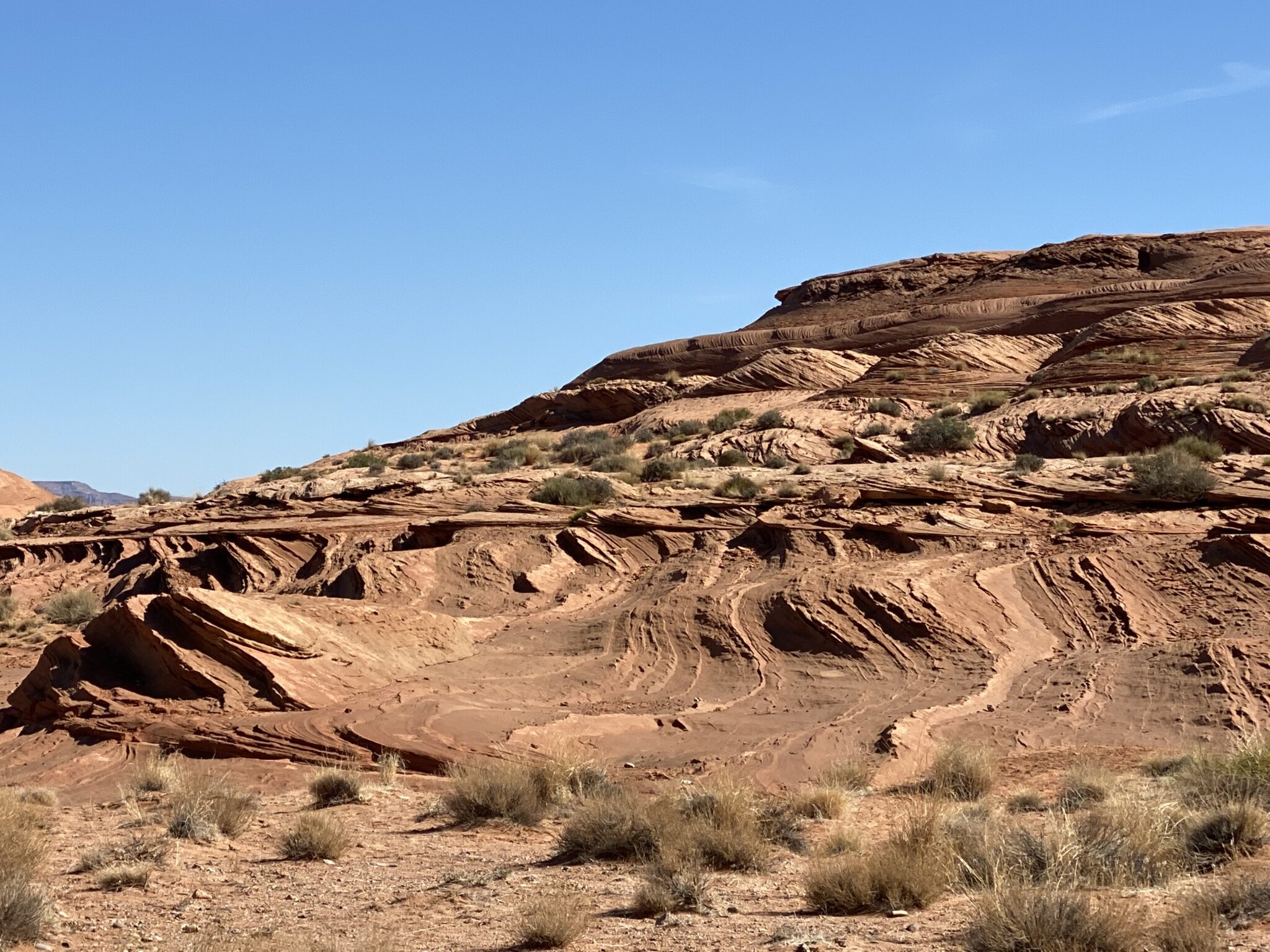
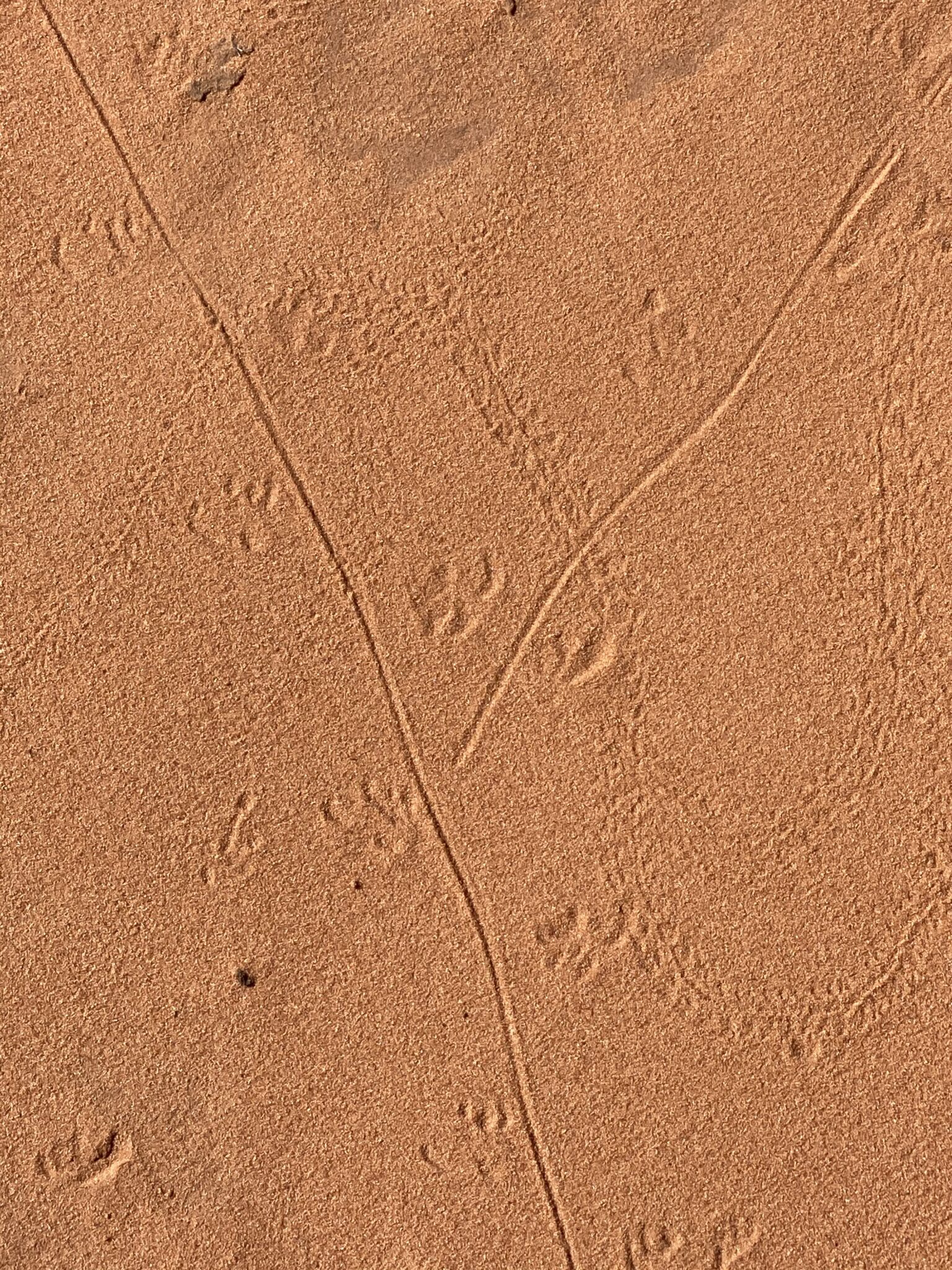

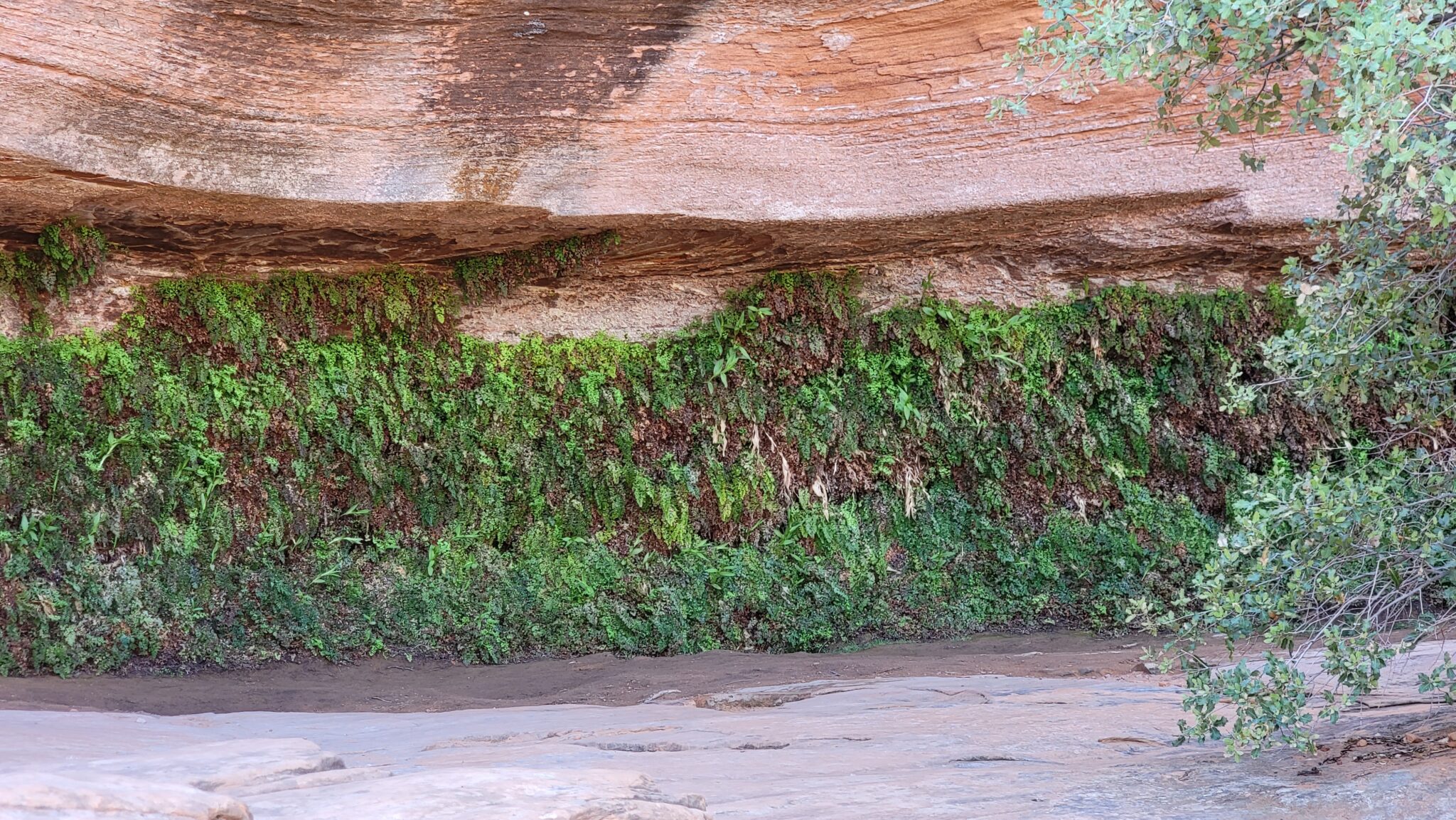

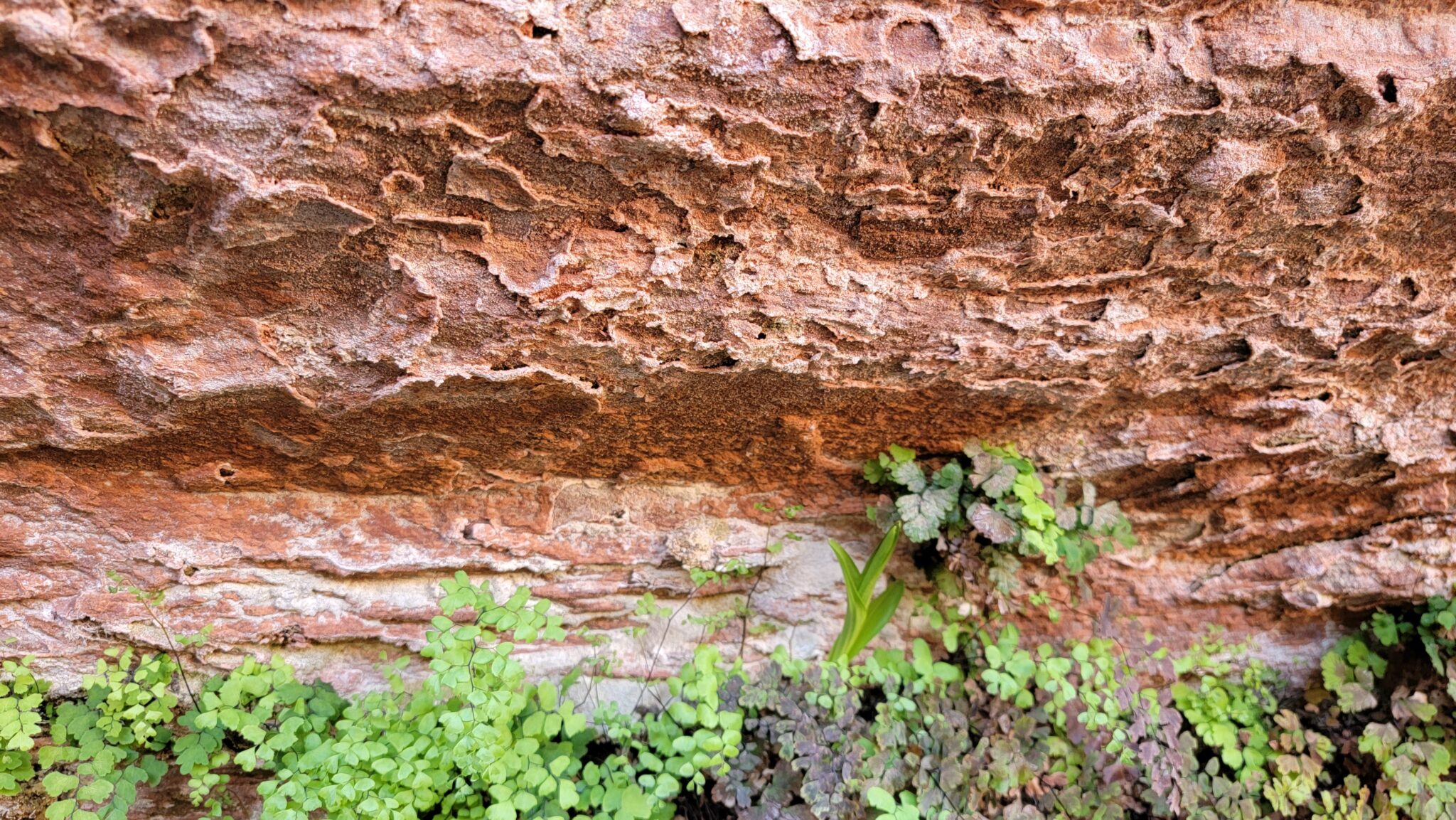
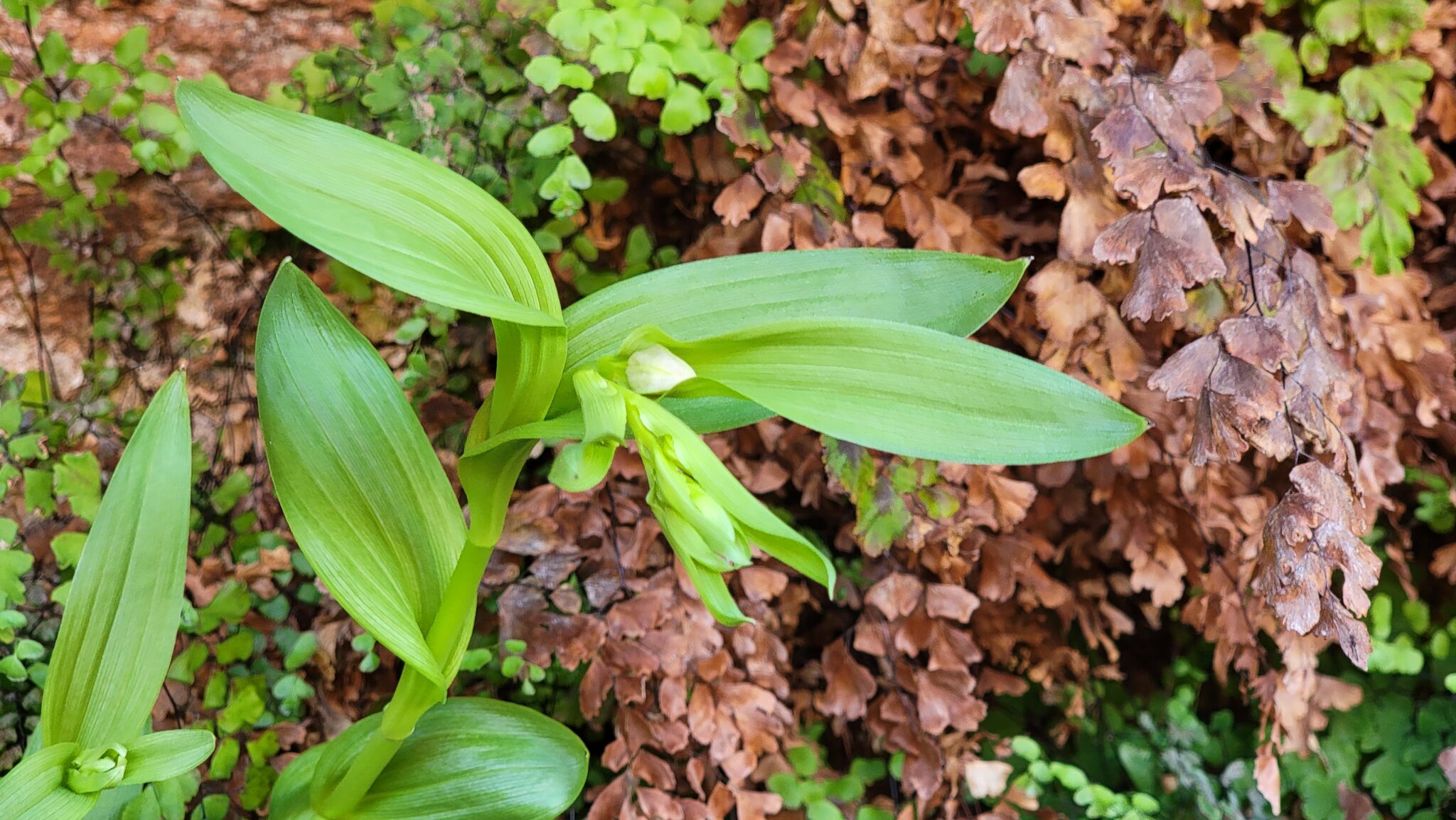
On the way back to the car we took a side trail to an overlook. We expected to walk a level tenth of a mile but instead were guided to the top of a nearby hill.
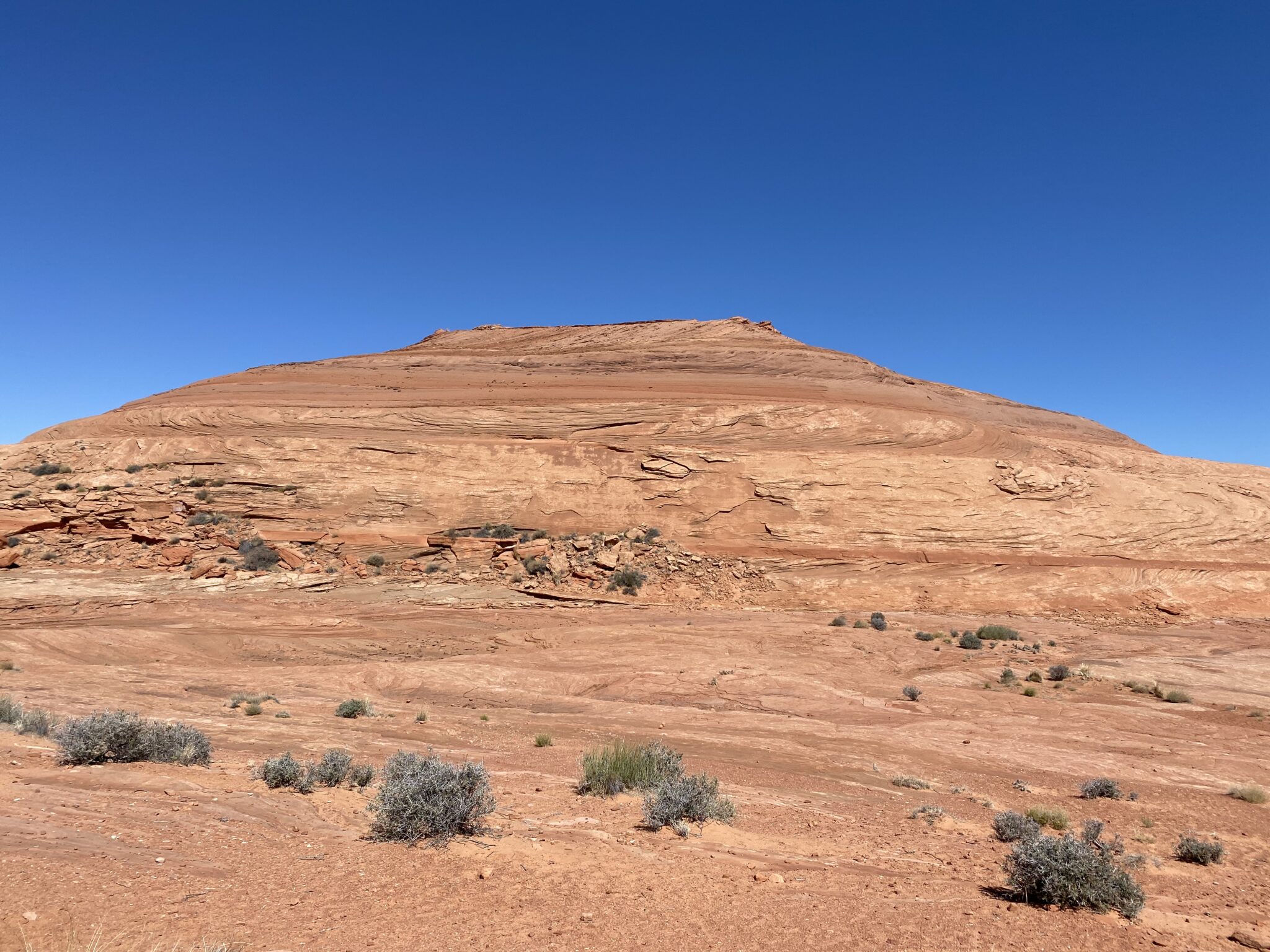
The view WAS quite nice.

Geocache with a Killer View
That’s what it was called–A Killer View. The cache was hidden a little ways off a 10-mile rim trail that circles Page. No, we didn’t hike the whole trail but would like to on a return visit to the area, maybe in several segments. We were fascinated by rocks that looked as if they contained fossilized bones (but most likely did not) or that had created their own stalactites.
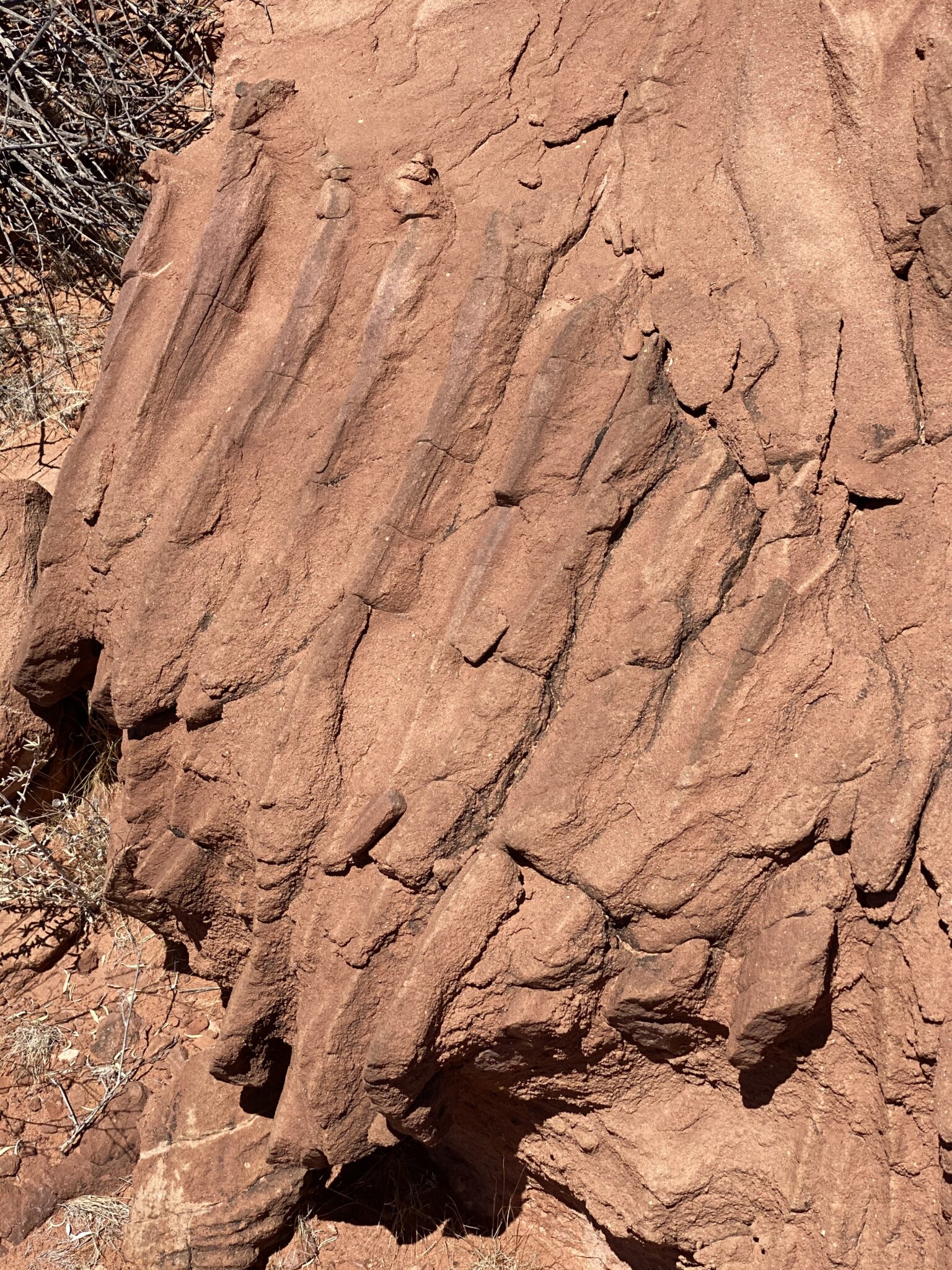

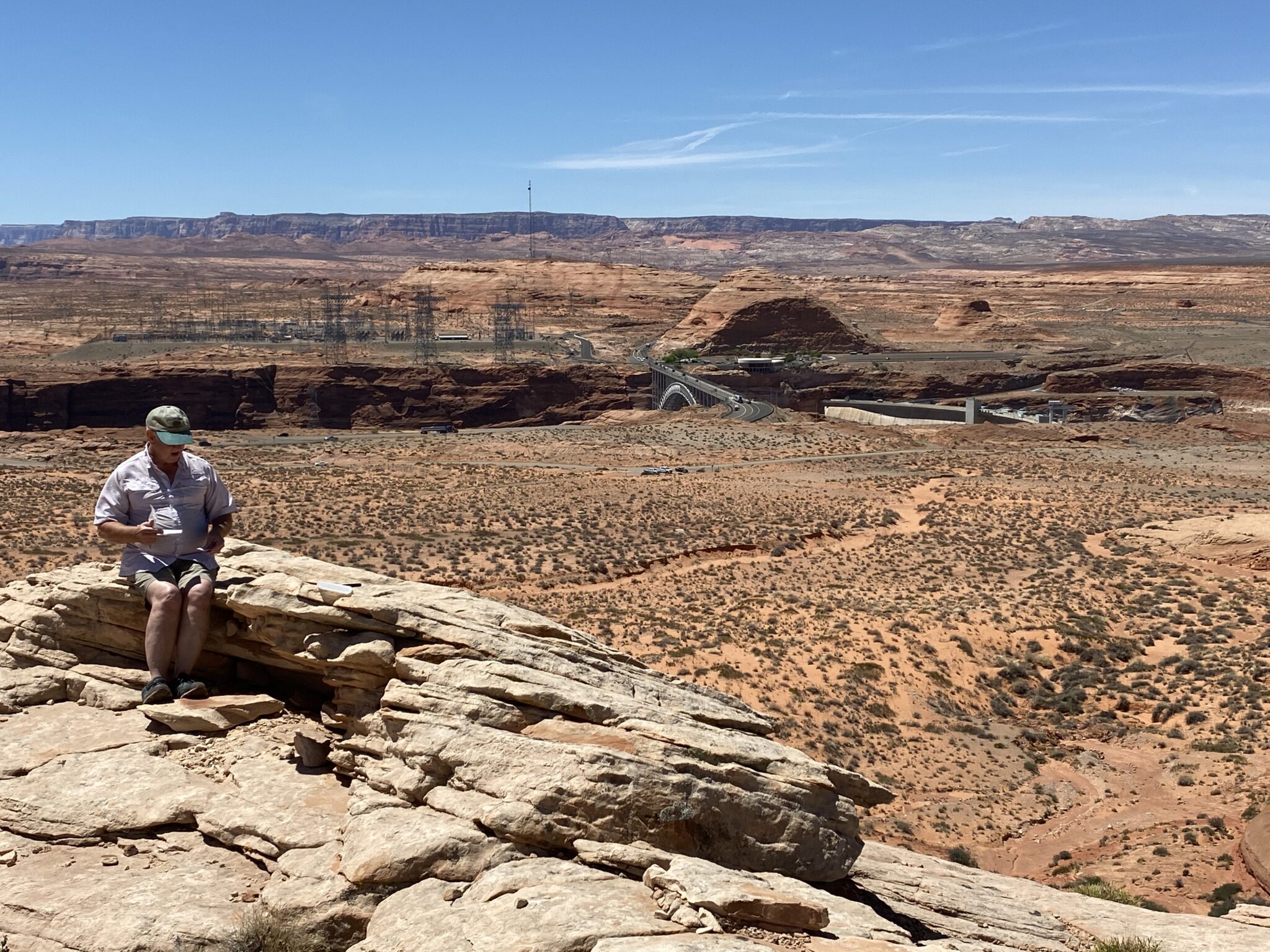
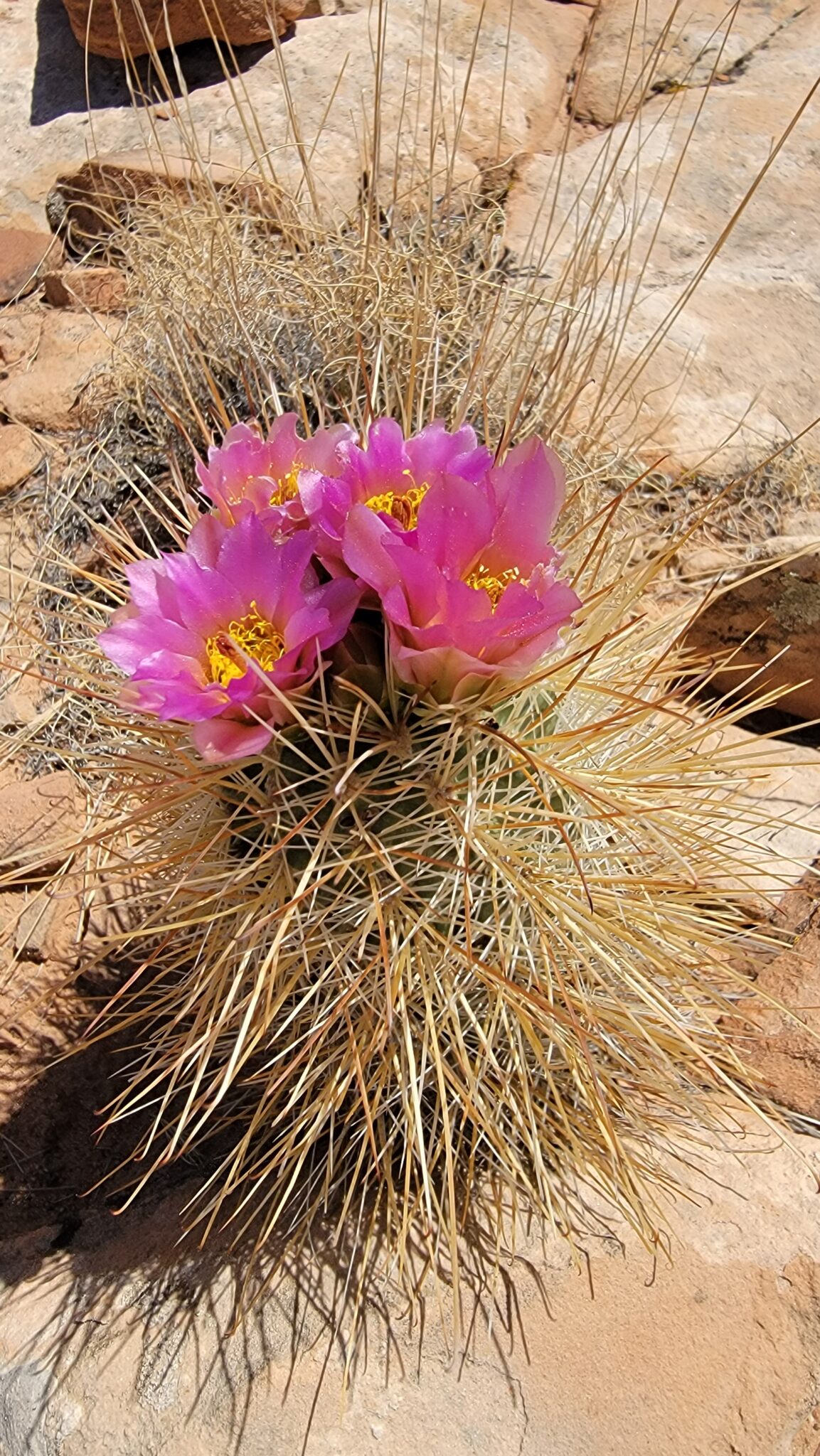
Navajo Bridge
The historic Navajo Bridge was completed in 1929 and was the only bridge across the Colorado River for 600 miles. It spans 834 feet and rises 467 feet above the river. At the time of its construction, it was the highest steel arched bridge in the world. A second bridge, wider to accommodate modern vehicles, opened in 1995.
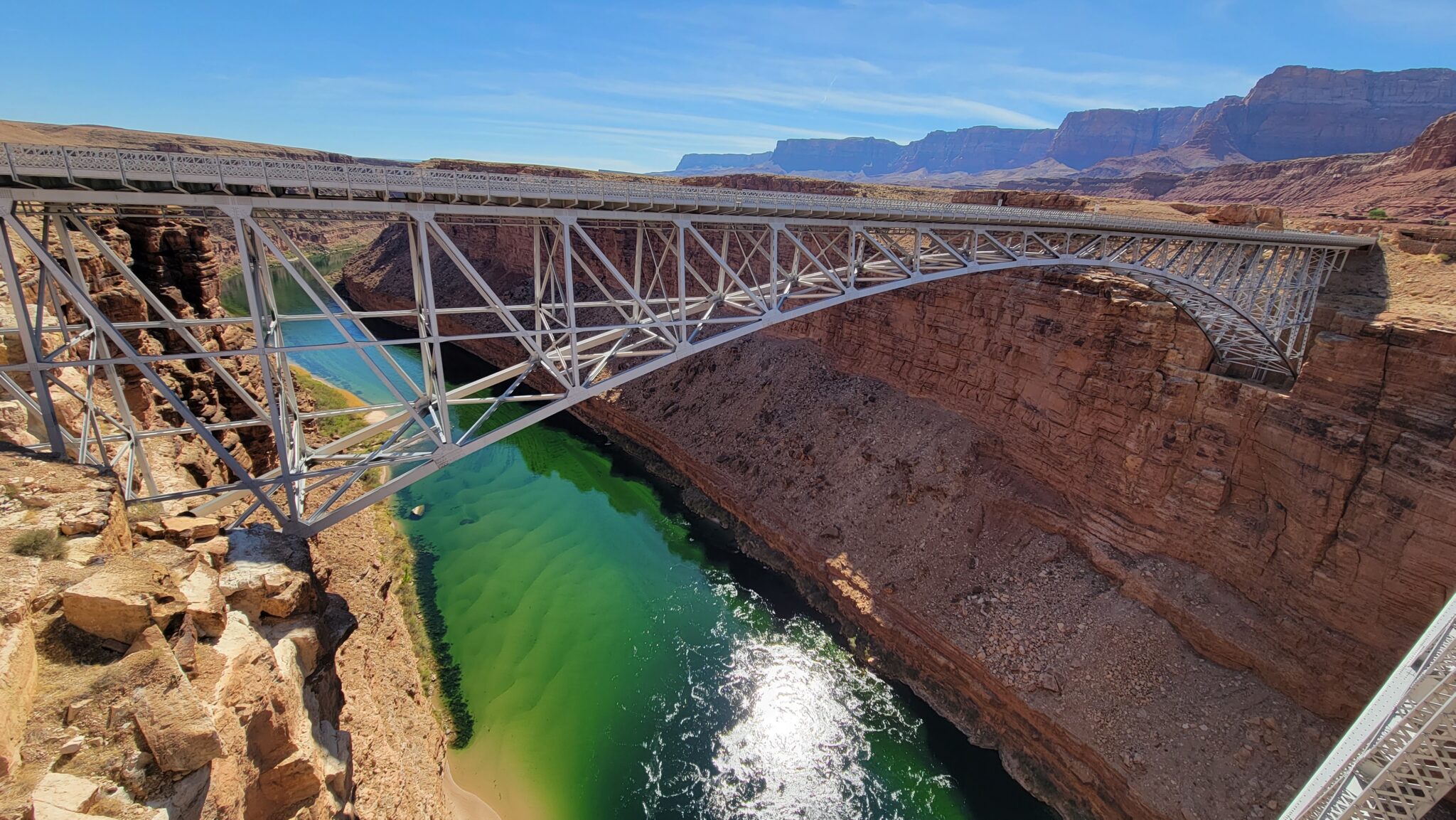
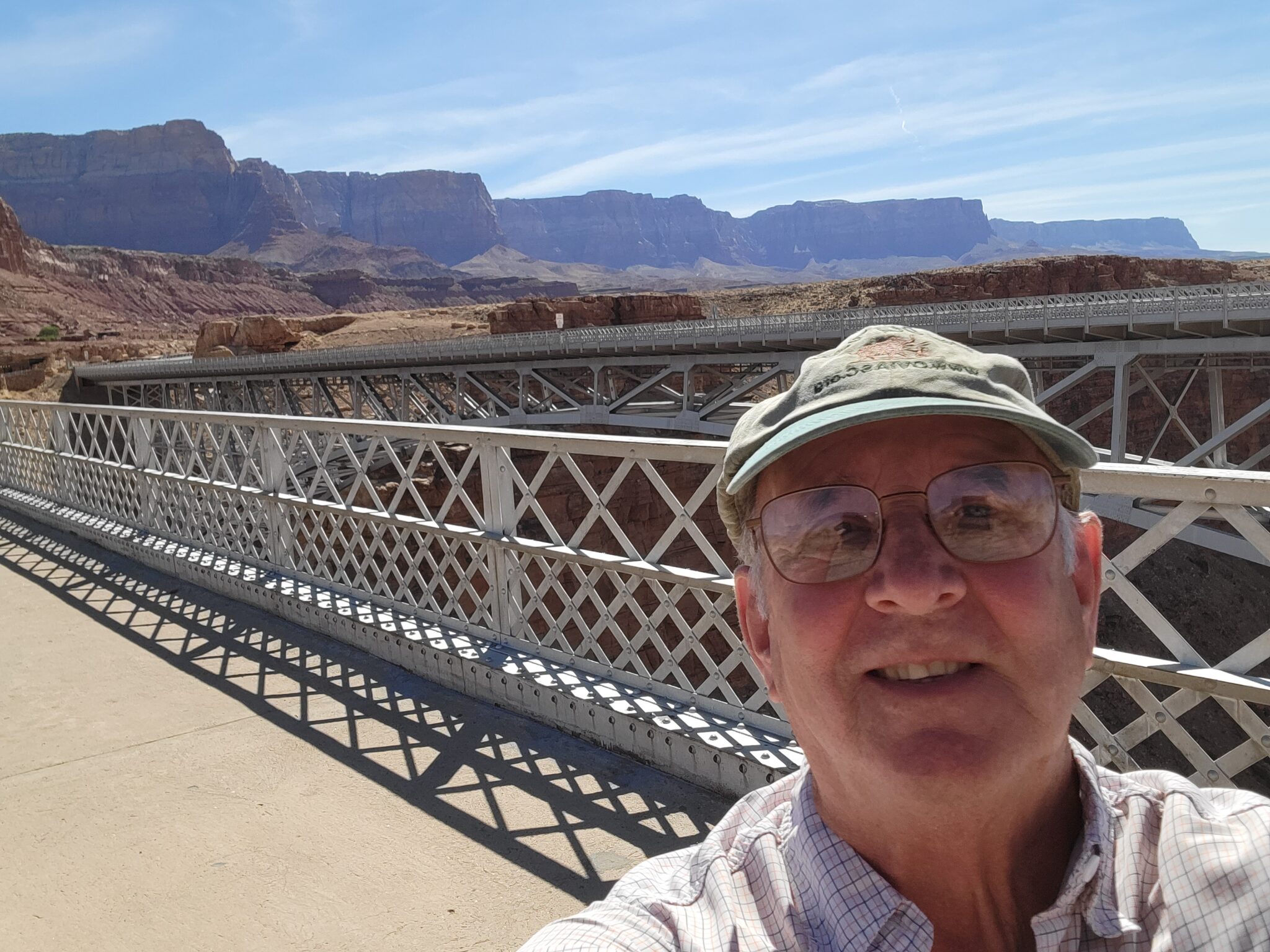
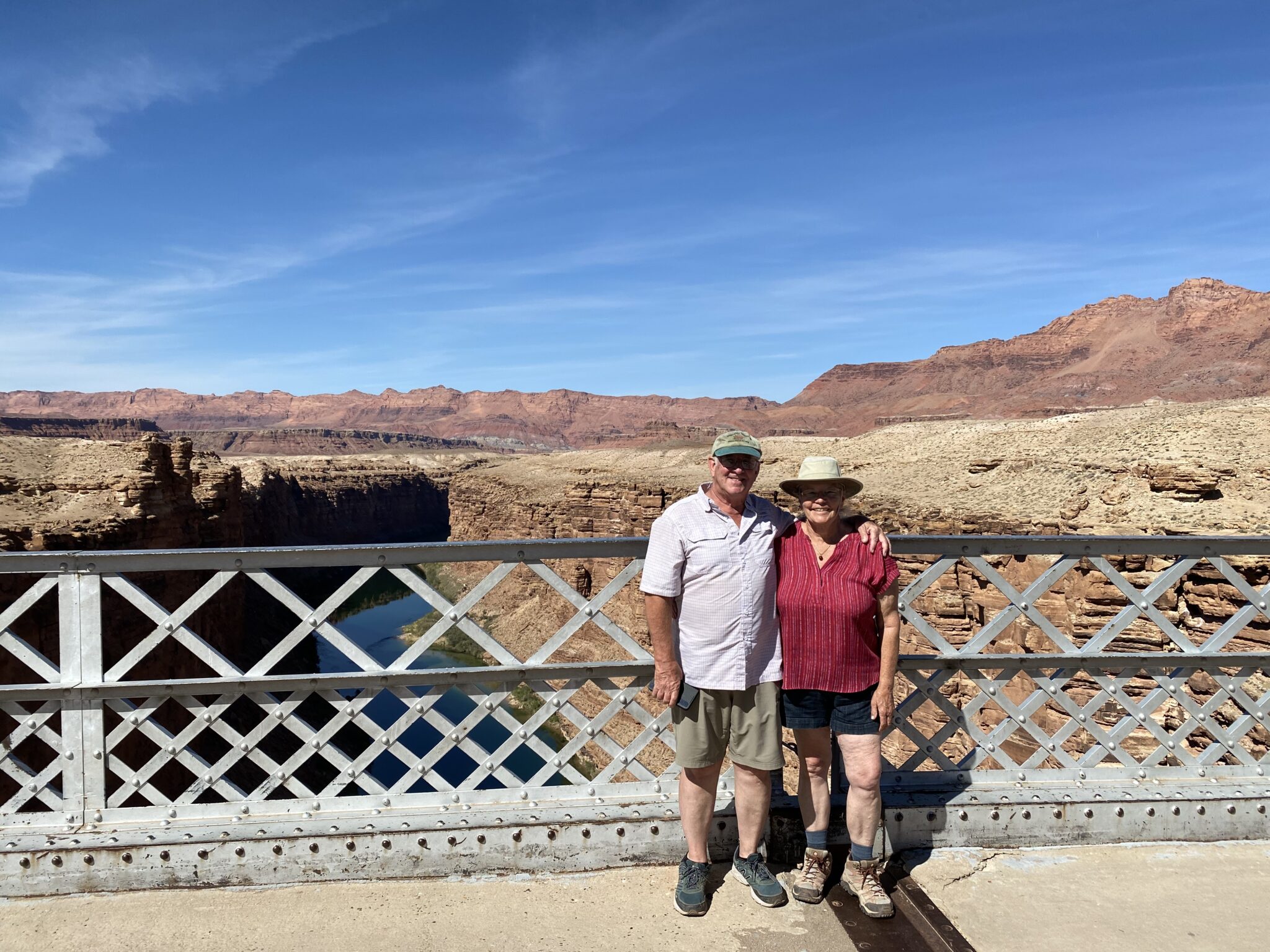
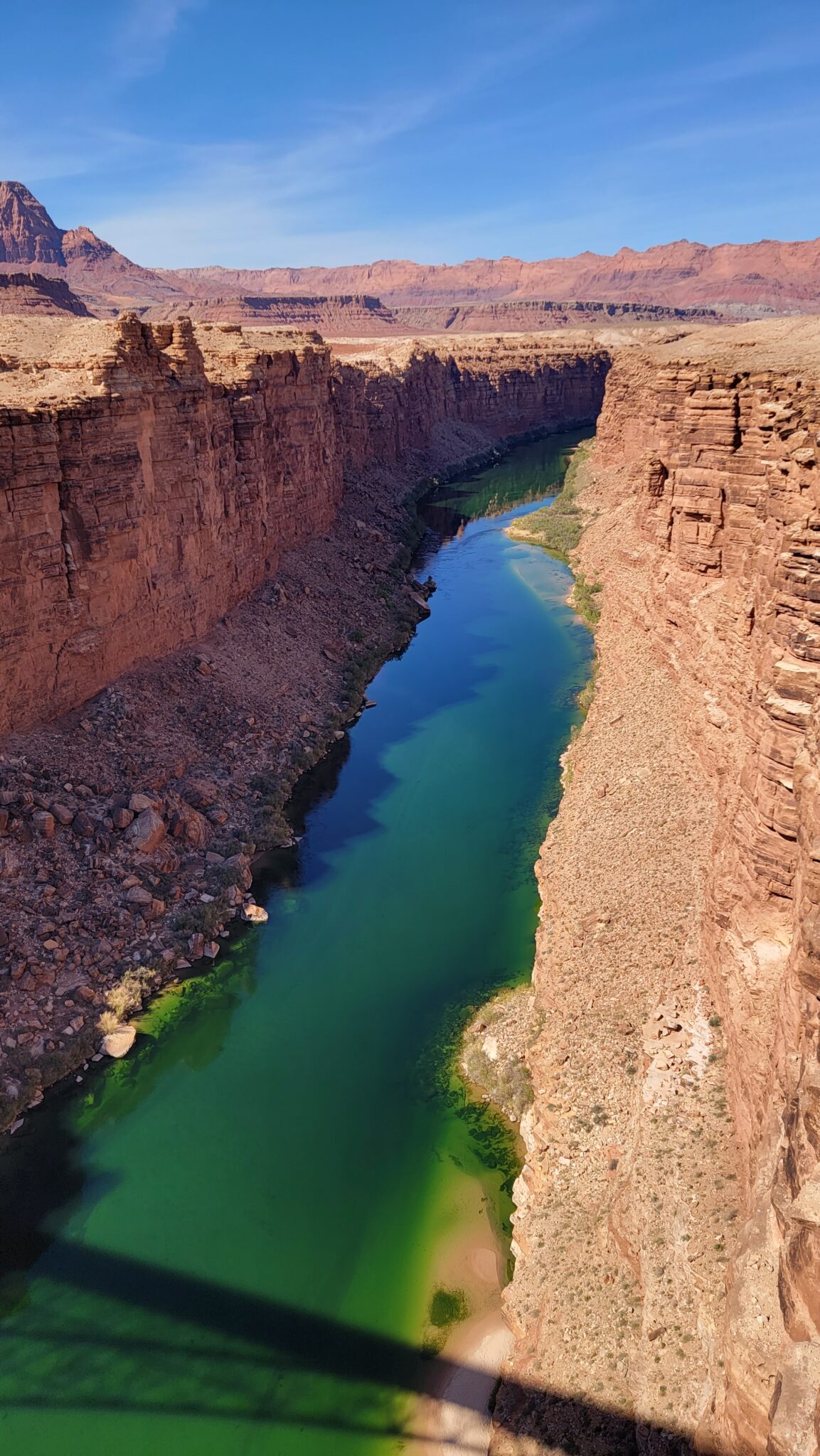
Lee’s Ferry
Lee’s Ferry, named for its first operator John D. Lee, operated from 1873 until 1928. Raft trips through the Grand Canyon begin here and the confluence of the Colorado and Paria Rivers mark the beginning of the Grand Canyon. We thought it was great to be able to get to touch the river here.
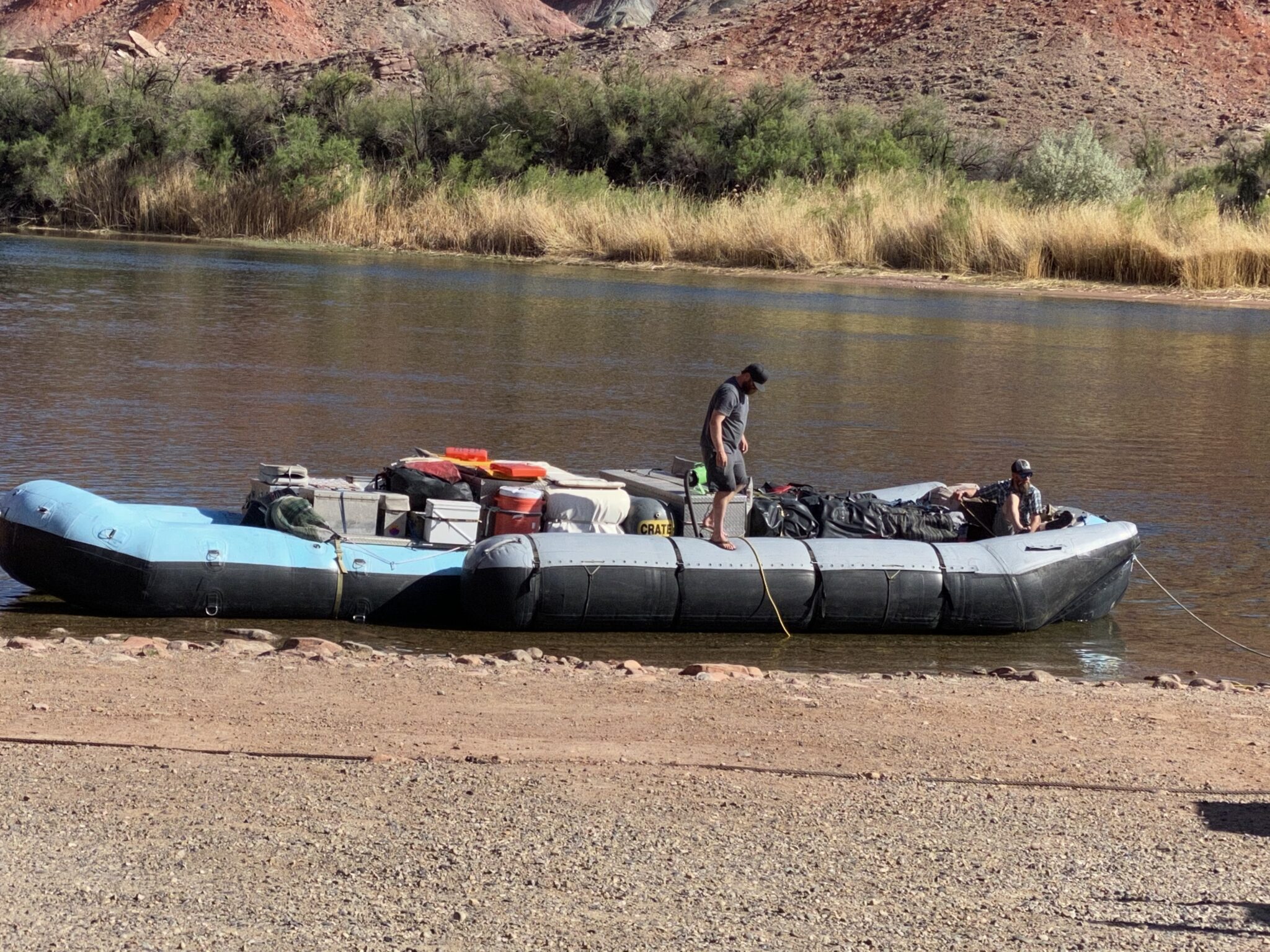
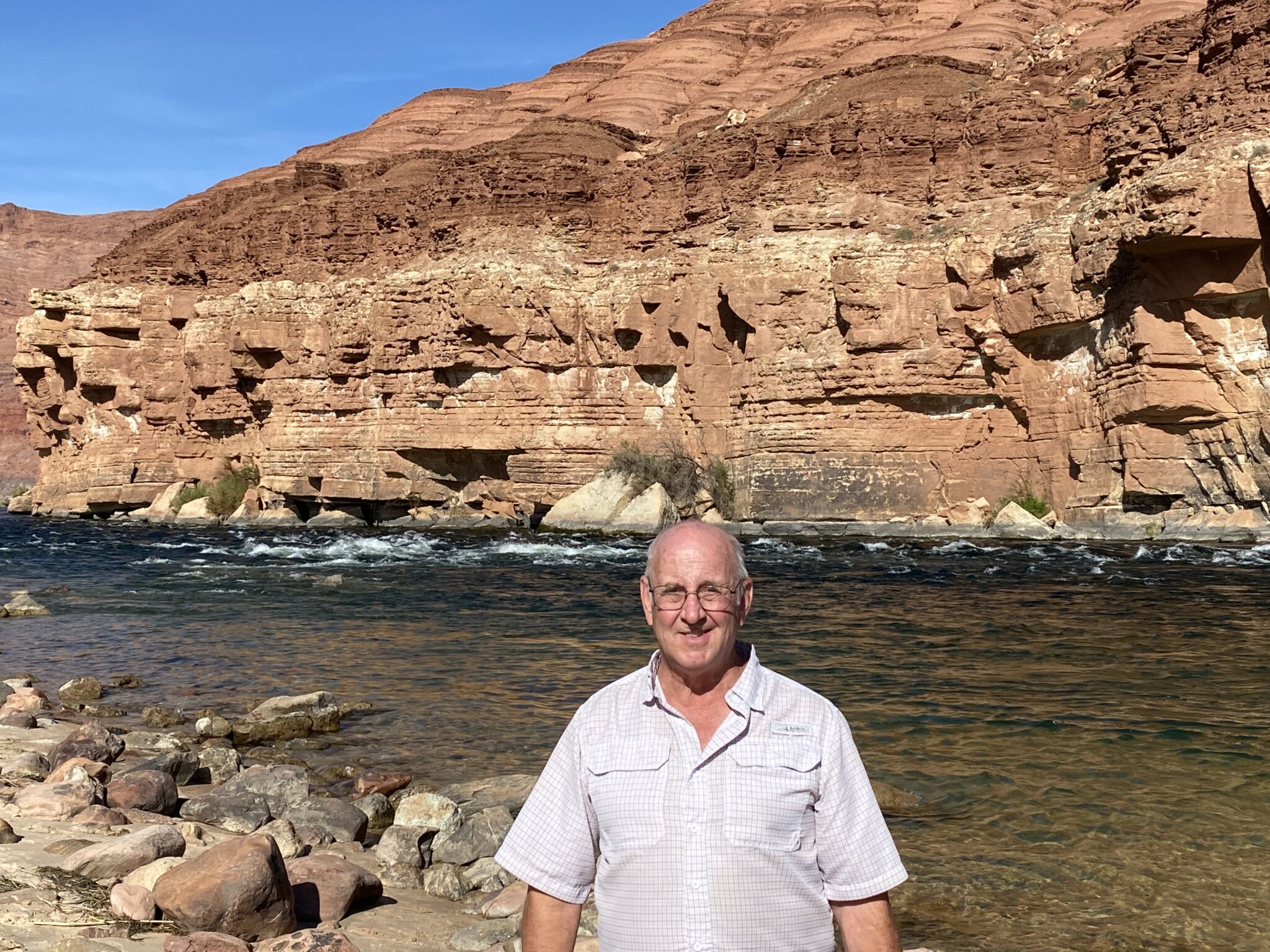
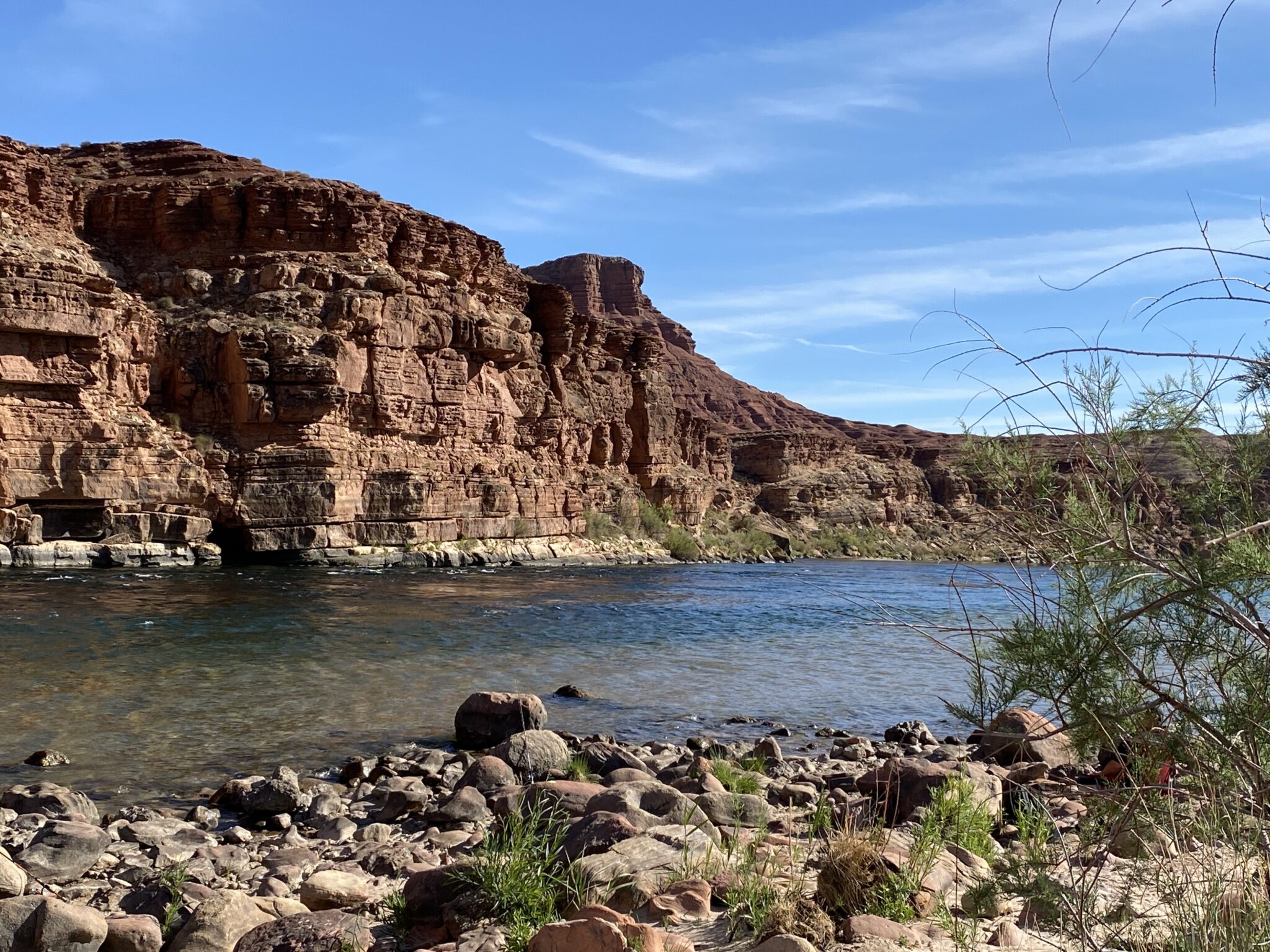
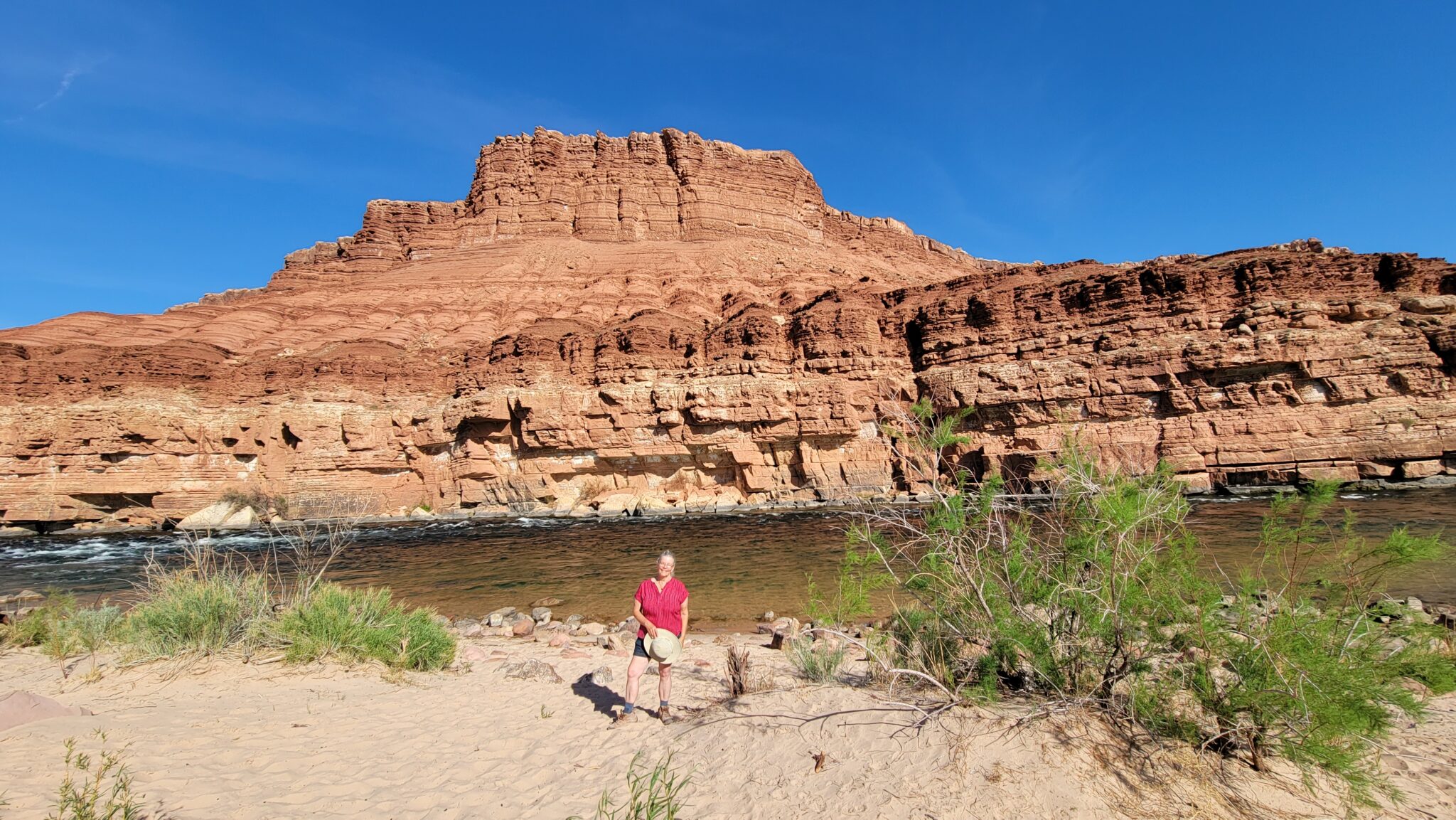
A couple of geologic features struck us as we headed back to Page. [15 miles by river, 40 miles by car.] The first was a rock mushroom which formed when a boulder fell and compressed the ground beneath it. This made the ground harder and resistant to erosion. In addition, the boulder afforded some protection from erosion to the earlier rock. The mushroom stem is between 235 and 246 million years old. The cap is between 225 and 227 million years old.

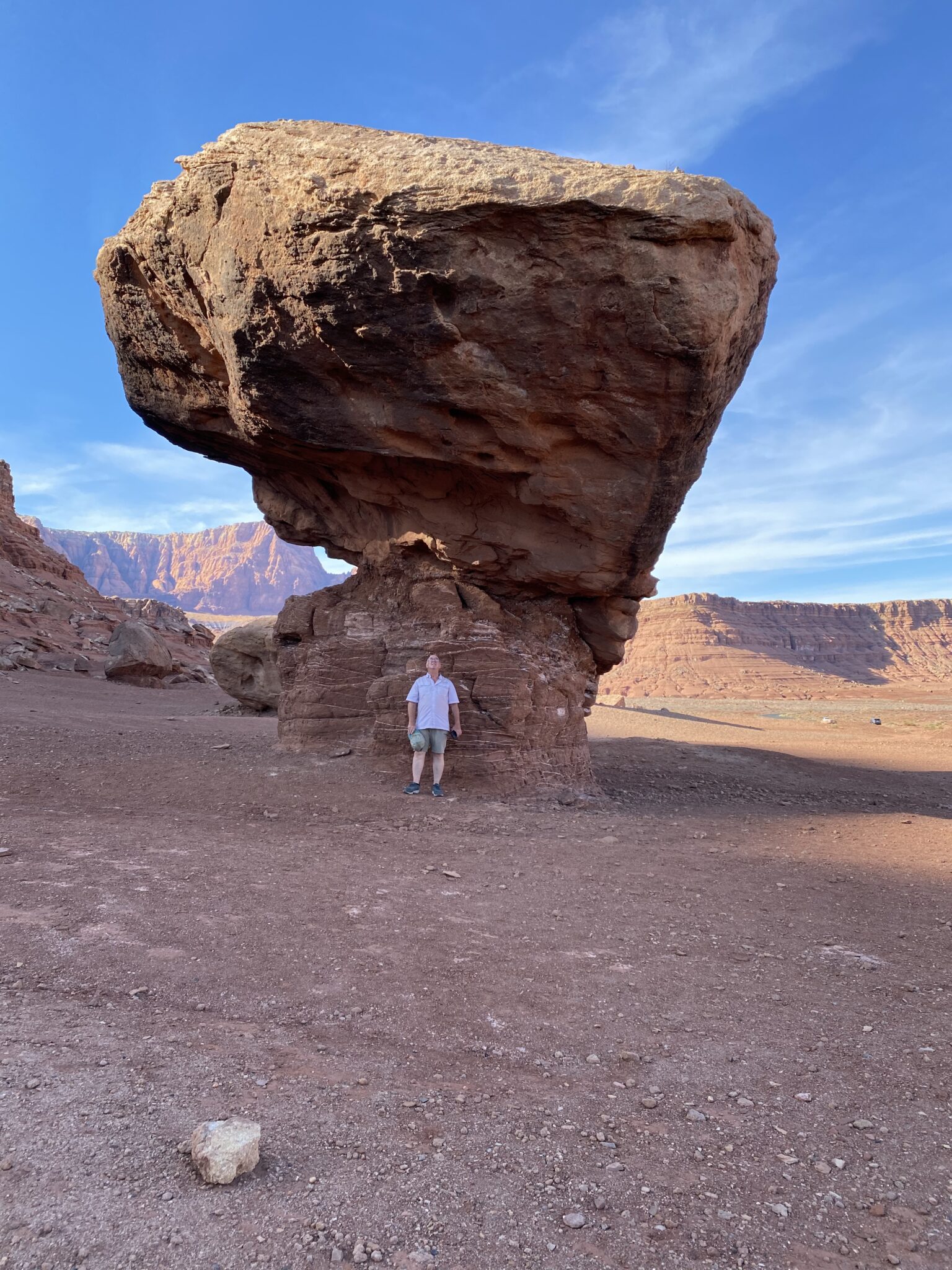
We have no knowledge of how the boulder below received its interesting features, but Jane liked it so much she asked Dave to turn the car around so she could get a picture.

The last feature of the drive (and the day) was two dragons standing with their backs to each other.
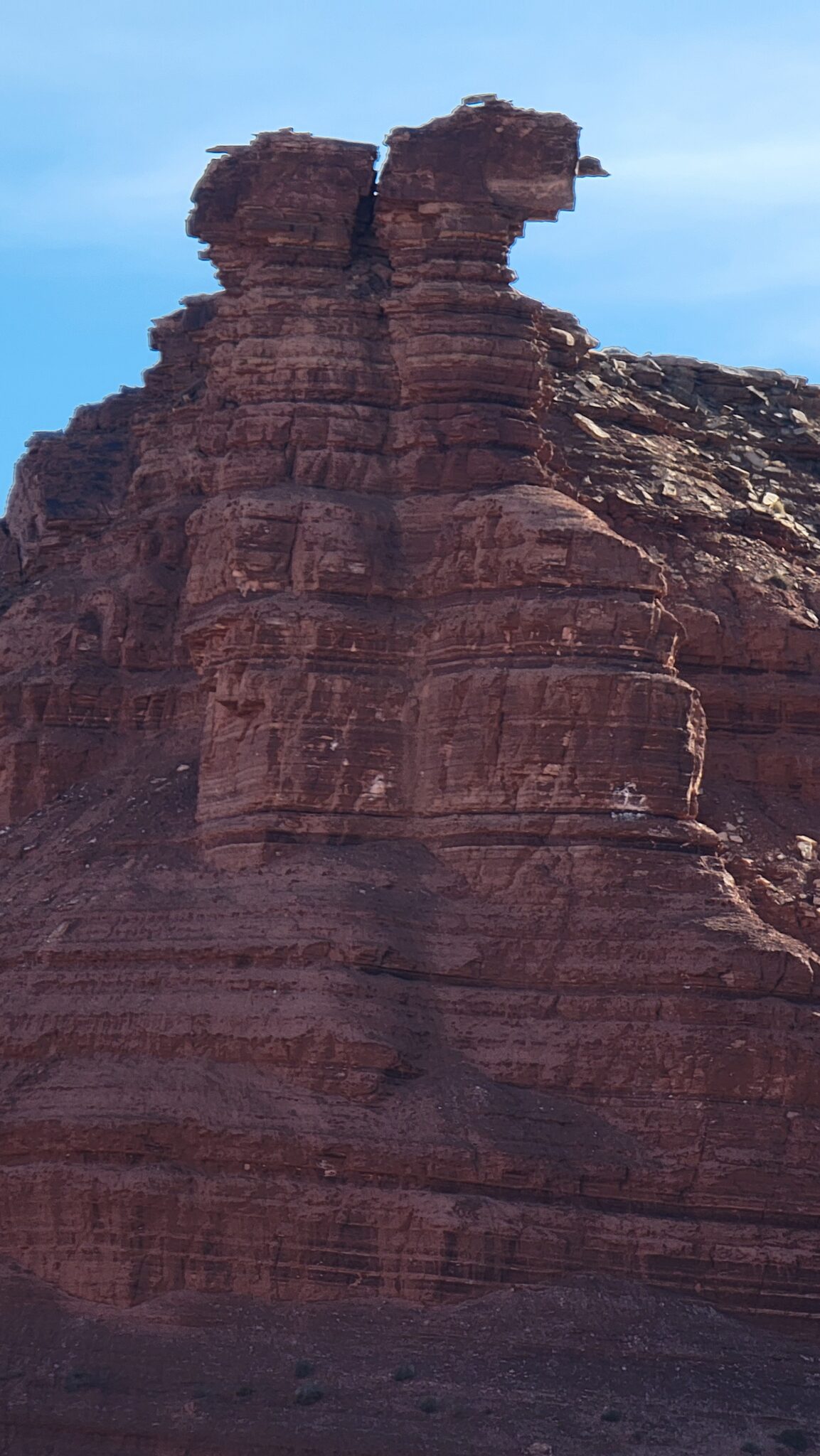
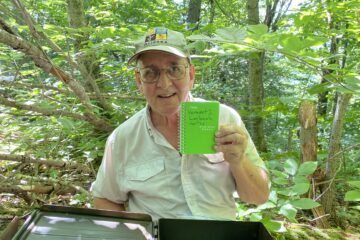
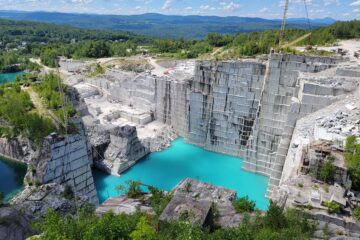

1 Comment
Susan · May 2, 2021 at 1:52 pm
I think I was on that bridge to photograph condors, did you see any? Love all the rock formations.